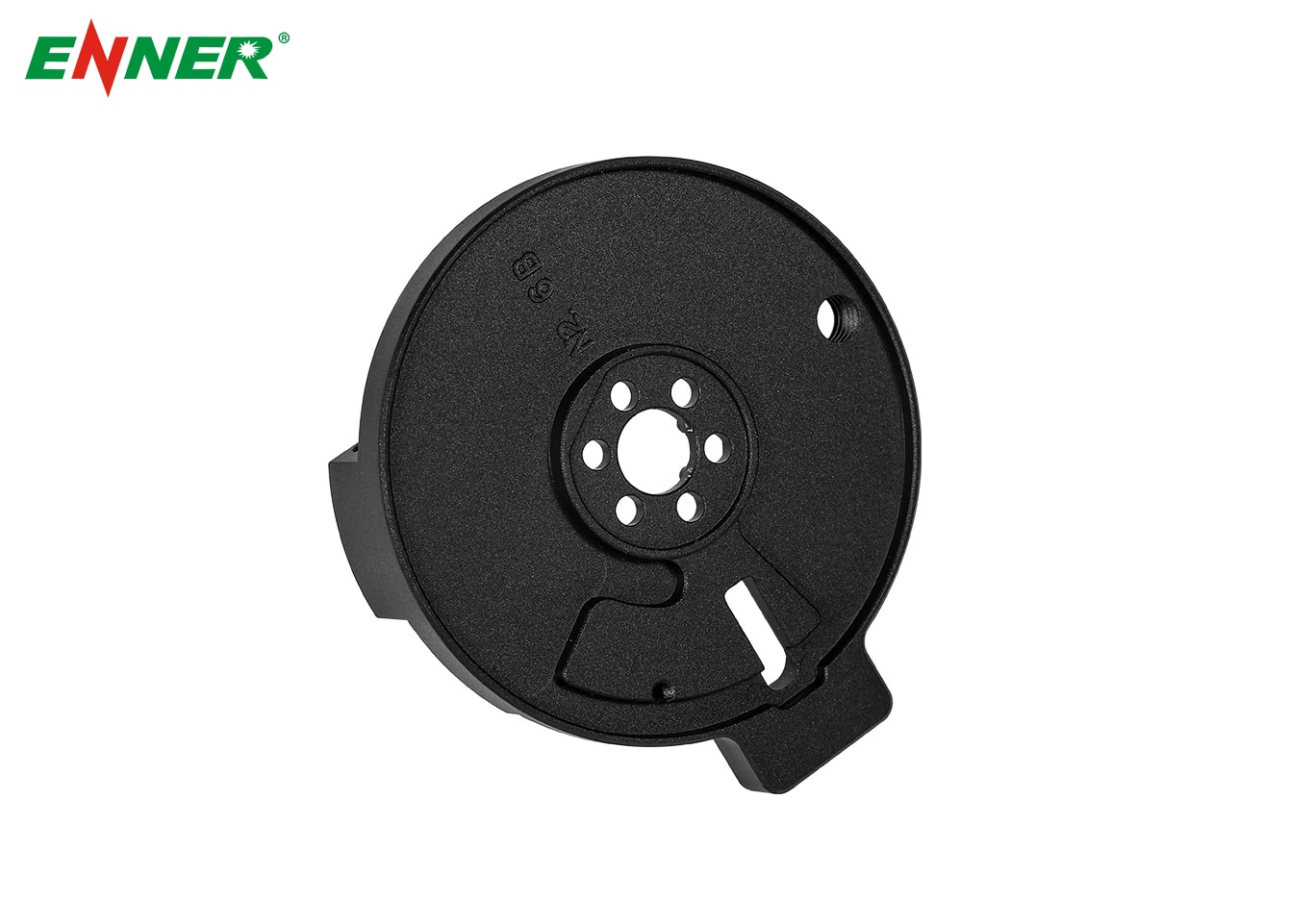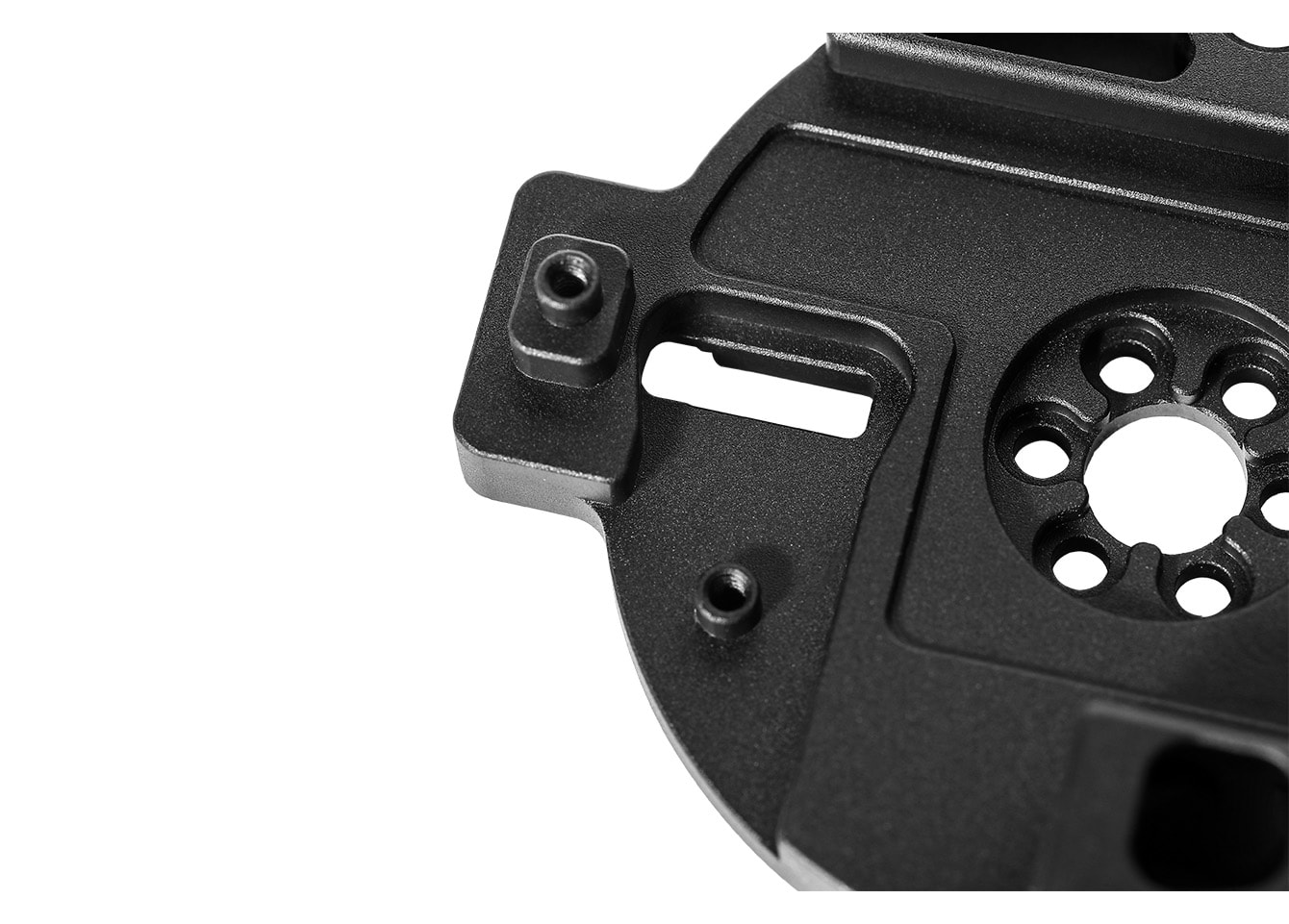CNC machining is a highly accurate and efficient manufacturing process that is widely used in industries like automotive, aerospace, and electronics. However, despite its precision, certain cutting issues can arise during the process, leading to damage to both the tools and the workpieces. Understanding and addressing these issues early can help improve the quality of the final product and reduce downtime. In this article, we will explore three common cutting problems in CNC machining and discuss effective strategies for avoiding them.
One of the most common issues in CNC machining is hitting cutters. This occurs when the cutting tool makes contact with the workpiece in an unintended way, typically because too much material is being removed at once. The result is high vibration, which can cause both tool wear and workpiece damage.
There are several factors that contribute to hitting cutters:
High Cutting Amount : A larger tool diameter often leads to more material being removed in a single pass. To reduce this, you should select a smaller diameter tool when performing finishing or semi-finishing operations, as these require finer cuts.
Inappropriate Machining Methods : Not all machining methods are suitable for every tool or workpiece. For example, contour milling may work well with smaller tools, but for larger tools, cavity milling is more appropriate.
Improper Safety Heights : The safety height is the distance the tool travels above the workpiece when lifting. If the height is too low, the tool may collide with the clamping or the workpiece itself. It’s essential to set the safety height above the clamping height to avoid such collisions.

Bouncing cutters refer to the situation where the tool experiences significant vibrations during the cutting process, which can lead to deformation and material damage. This issue often occurs when excessive force is applied to the cutting tool, causing it to bounce off the material.
Several factors contribute to bouncing cutters:
Tool Diameter : The diameter of the tool plays a key role in how much vibration it can handle. Smaller diameter tools are more prone to deformation and vibration, so it’s often better to choose a tool with a larger diameter.
Tool Length : The length of the tool also affects its stability. A longer tool is more likely to flex and cause vibration compared to a shorter one. Therefore, using shorter tools can help reduce the risk of bouncing cutters.
Cutting Force : The force applied to the tool during the cutting process can lead to deformation. While it is impossible to eliminate force entirely, reducing the cutting force can help minimize vibrations.

Overcutting occurs when the cutting tool removes more material than is necessary, resulting in damage to the workpiece. This issue is often caused by improper tool path planning or a lack of precision during the cutting process.
To avoid overcutting, it is important to:
Monitor Tool Path : Keeping a close eye on the tool path ensures that the tool only removes the material that is needed. Any deviation from the intended path can lead to overcutting.
Be Precise and Careful : Careful operation and attention to detail are essential in preventing overcutting. Ensuring that the cutting speed and feed rates are correctly set can also help avoid this issue.
In CNC machining, tool deformation and material damage are often caused by issues like hitting cutters, bouncing cutters, and overcutting. By understanding the underlying causes of these problems and implementing the appropriate solutions, you can prevent unnecessary damage to your tools and workpieces, ensuring a more efficient and productive machining process.
At Enner , we provide high-quality CNC machining service s for a variety of industries. If you’re looking for precision CNC parts with excellent durability, get in touch with us today to learn how we can help with your machining needs.
By continuing to use the site you agree to our privacy policy Terms and Conditions.